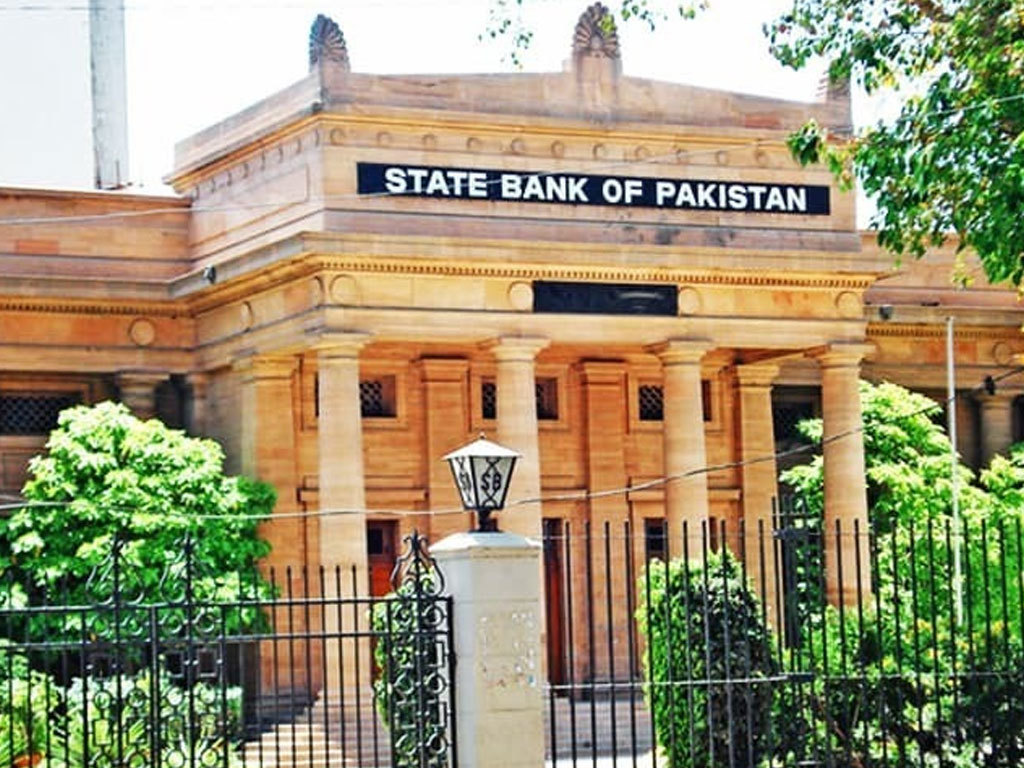One of the good steps taken by SBP to combat covid last year was waiving the fee on Inter-Bank Funds Transfers (IBFT). Transaction volumes more than doubled to reach 8.9 million per quarter. Earlier this week, the SBP once again allowed banks to charge IBFT – the pricing structure issued is better than what it was pre-covid. However, COVID is not over, and digital transaction culture is building, and to let that process to continue, IBFT should have been kept free till normalcy.
There are some backend costs for maintaining the ecosystem, and these are borne by banks. For commercial banks, this cost is miniscule. Problems are for telco-linked microfinance banks. Jazz Cash and Easy Paisa are bearing significant cost as they could not recover the cash-in commission paid to agents.
A better policy option could have been to allow microbanks to pass on cash-in transaction cost to consumers and let IBFT remain free. At existing IBFT fee structure, these agent lead payment system players are not happy. For commercial banks, IBFT revenues are peanuts. A digital banking head of a big commercial bank said that they are getting excited by this increase in volumes and IBFT should have been kept free to create critical mass to spur innovation.
Ideally, SBP should be out of fixing pricing. It should be deregulated. However, for that, adequate competition to 1-Link and banks needs to be there to facilitate price discovery. Raast can play a pivotal role in it. SBP is thinking of bringing pilot P-to-P transactions online on Raast by October 2021. Concurrently, a plan is to launch two commercial Electronic Money Institutions (EMIs) licenses to have competition in digital banking. Currently, five EMIs have pilot licenses.
The EMIs need time and ecosystem to spur. They need avenues to load and extract cash. There is a huge gap – financial inclusion is low. There are about 30 million unique store value accounts – bank accounts and wallets, in Pakistan. The potential is to reach 100 million. There are around 150,000 active branchless banking agents that have transacted in last thirty days. The gap of 70 million cannot be tapped by existing agents.
EMIs need touch points to load and extract cash. Existing bank branches and agent network is not sufficient. EMIs can grow on leveraging agents and for that, microfinance banks should have incentive to have more agents on board. The problem is agents’ cash management cost. Easy Paisa and Jazz Cash pay commission on cash-in to agents. The SBP does not allow them to recover from customers. Pre-covid model was to recover it from fee on IBFT on second leg of transaction.
When IBFT was waived, these telcos backed banks started bleeding. People started going to agents for cash deposit – cash-in to agent and then IBFT to a bank account. Agents are happy as they get commission from banks on cash-in, and depositors are happy as they do not need to go and stand in line of banks to deposit cash. According to the industry, around 25 percent of transactions are like that post-fee waiver.
Now the fee is allowed up to 0.1 percent for transactions above the aggregate limit of Rs25,000 and a maximum allowance of Rs200 per transaction. For wallets, the cash-in cost is 0.5 percent while they can only charge 0.1 percent on IBFT. They may continue to bleed to some extent. New agents acquisition growth has stagnated since fee waiver, and it may not grow under the new fee structure.
This may be a hurdle for EMIs’ growth. They need touch points – one EMI pilot licensee desires to have an agent at every street corner. Industry wants SBP to allow mobile agents as culturally women do not go to shops. Within existing wallets, only 20 percent are women’s. The SBP must allow innovation for including women financially.
The long-term plan should be to reduce cash. Right now, wallets are used for payments to those who do not have bank accounts and extract cash for transactions. Once P-to-P is commercially launched on RAAST with full-fledged EMI licenses, the financial inclusion, and cash less transactions will speed up. The inflection point may take few years. Till that time to have critical mass on wallets, the agent network must expand. For that, cash-in transaction should be priced in, and IBFT should be kept regulated and low.























Comments
Comments are closed.